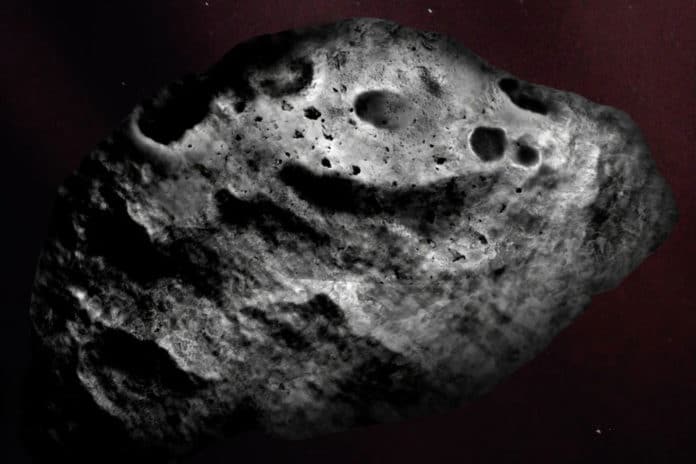Long-period comets tend to be the most spectacular comets observed in the sky. They are considered some of the most pristine leftovers from the early solar system. They are thought to originate in the Oort cloud.
One such comet called Comet C/2014 UN271 (Bernardinelli-Bernstein)- discovered by the astronomers Pedro Bernardinelli and Gary Bernstein- is now heading our way at 22,000 miles per hour from the edge of the solar system. The enormous comet is almost 80 miles across, more than twice the width of Rhode Island.
But don’t panic! It will not come closer than 1 billion miles from the sun: that will be in 2031.
David Jewitt, UCLA professor of planetary science and astronomy, said, “This comet is the tip of the iceberg for many thousands of comets that are too faint to see in the more distant parts of the solar system. We’ve always suspected this comet had to be big because it is so bright at such a large distance. Now we confirm it is.”
Using NASA’s Hubble Space Telescope, scientists determined the size of the comet’s nucleus. They found that this 4-billion old relic has the largest nucleus ever seen in a comet: about 50 times larger than the most known comets. Its mass is estimated to be 500 trillion tons, a hundred thousand times greater than the mass of a typical comet found much closer to the sun.
On Jan8. 2022, astronomers captured five photos of this comet using Hubble. They added radio observations of the comet (made by ALMA) into their analysis. When comparing Hubble observations with radio data, scientists found that Hubble measurements are close to the earlier size estimates from ALMA, suggesting that the comet has a darker nucleus surface than previously thought.
Jewitt said, “It’s big, blacker than coal.”
In October 2014, the comet was 4.3 billion km from the sun when first imaged. With a nucleus diameter of at least 120 km, it is the largest Oort cloud comet known.
Journal Reference:
- Man-To Hui et al. Hubble Space Telescope Detection of the Nucleus of Comet C/2014 UN271 (Bernardinelli–Bernstein). DOI: 10.3847/2041-8213/ac626a
